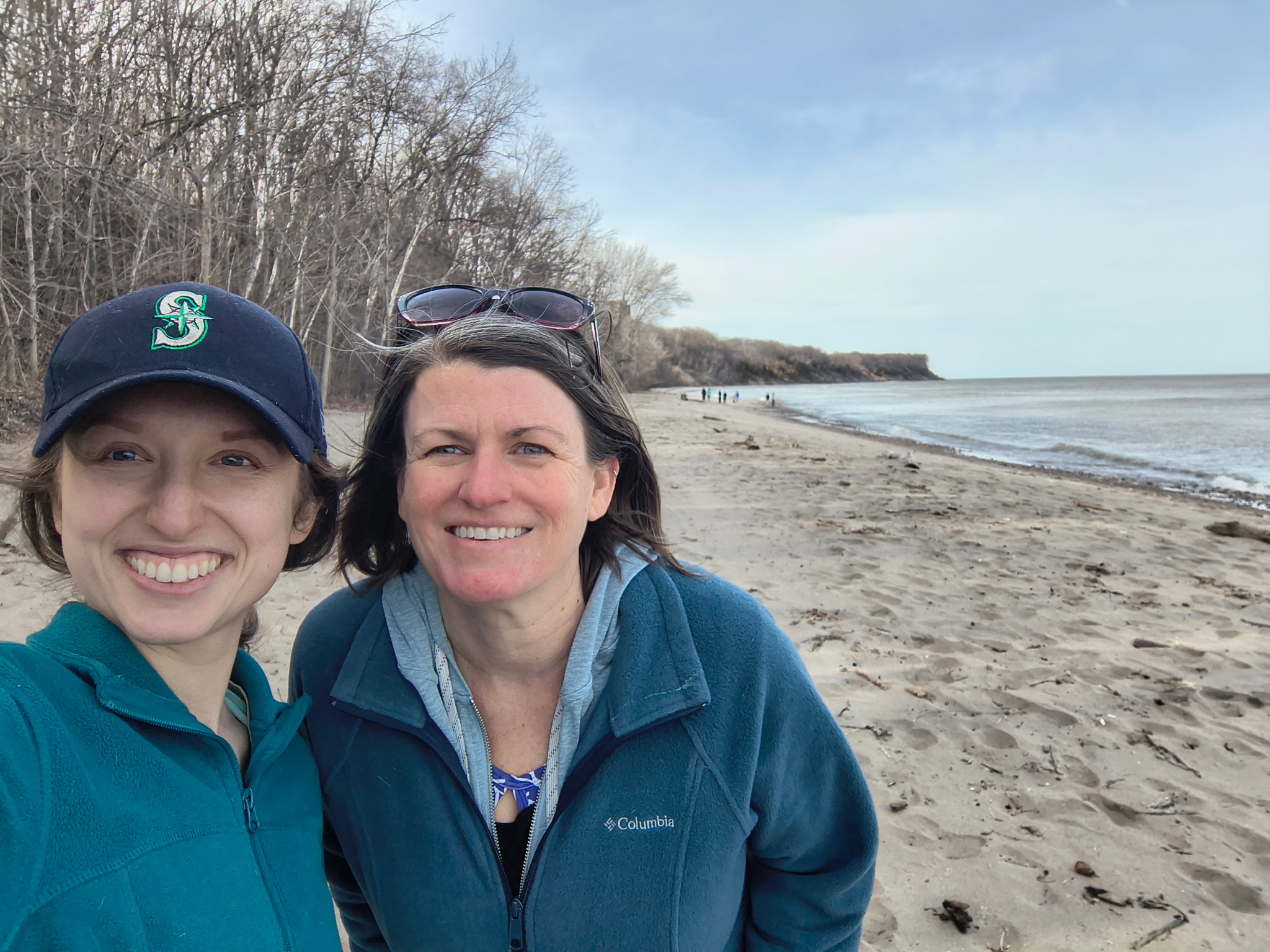Lake Michigan swimmers will be much safer from the risk of rip currents and other dangerous waves thanks to a new real-time effort that will match the academic know-how of a University of Wisconsin-Madison researcher with the outreach capability of Wisconsin Sea Grant, expertise on coastal issues by the Wisconsin Coastal Management Program and resources of the Milwaukee County Parks Department.
Chin Wu, UW-Madison professor of civil and environmental engineering, and those organizations have teamed up to plan on installing a camera at Milwaukee’s Bradford Beach and an underwater wave sensor off of the harbor breakwall.
“In 2012 and 2013, dangerous Great Lakes currents and waves caused 88 drowning deaths and rescue incidents. In fact, rip currents claim more lives annually than tornadoes, hurricanes, lightning and floods,” Wu said. “Our project will address these tragic statistics.”
Rip currents occur when a strong offshore narrow current forms along sandy beaches as well as around obstructions such as a sandbar, pier or jetty. The currents appear as a break in incoming wave patterns or as a channel of dark, churning, choppy water flowing offshore with no breaking waves. They do not pull swimmers down into the water, as an undertow would, but rather along the surface. Yet, the currents are strong and swimmers panic trying to escape them. That’s when drownings may occur.
“Our joint project will arm beachgoers with awareness so they can make better decisions while enjoying Lake Michigan. We want to provide information about rip currents or dangerous waves,” said Gene Clark, a coastal engineer with Wisconsin Sea Grant.
Todd Brieby of the Wisconsin Coastal Management Program said, “It’s gratifying to partner on this effort that will prevent further loss of life from these swimming hazards. This project is a successful example of a collaborative effort to address a coastal community need.”
Installed equipment will identify and more accurately pinpoint the movement and behavior of hazardous wave conditions. Additionally, computer models are being developed to better predict conditions. The information gathered from those tools will be shared with local officials, and in turn, the public through two sites: Integrated Nowcast/Forecast Operation Systems (INFOS) and soon at milwcountybeaches.org.
“On any given day, thousands of people visit Milwaukee’s lakefront and Bradford Beach,” said Jeff Baudry
of Milwaukee County Department of Parks, Recreation and Culture. “They are attracted by the sand, sun, volleyball courts, concession stand and, importantly, the sparkling water of Lake Michigan. With this real-time warning system, they will also be safer.”
The warning information is also available as an app for download to a mobile device or a smart phone. See the bottom of this page.
The effort is being funded by a $200,000 grant from the Great Lakes Coastal Storms Program, which is a regional effort led by the National Oceanic and Atmospheric Administration to make Great Lake coastal communities safer and more resilient to storm and weather hazards and climate change. Similar systems are in place for Port Washington, where a 15-year-old died in a rip current four years ago, and in Duluth, Minn.





